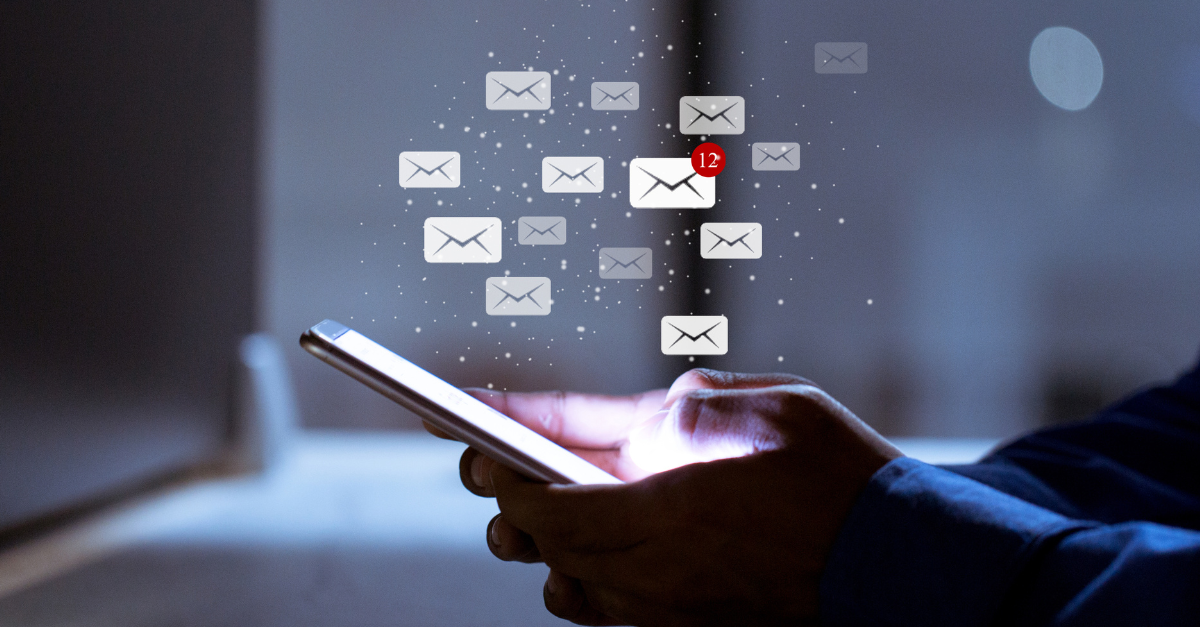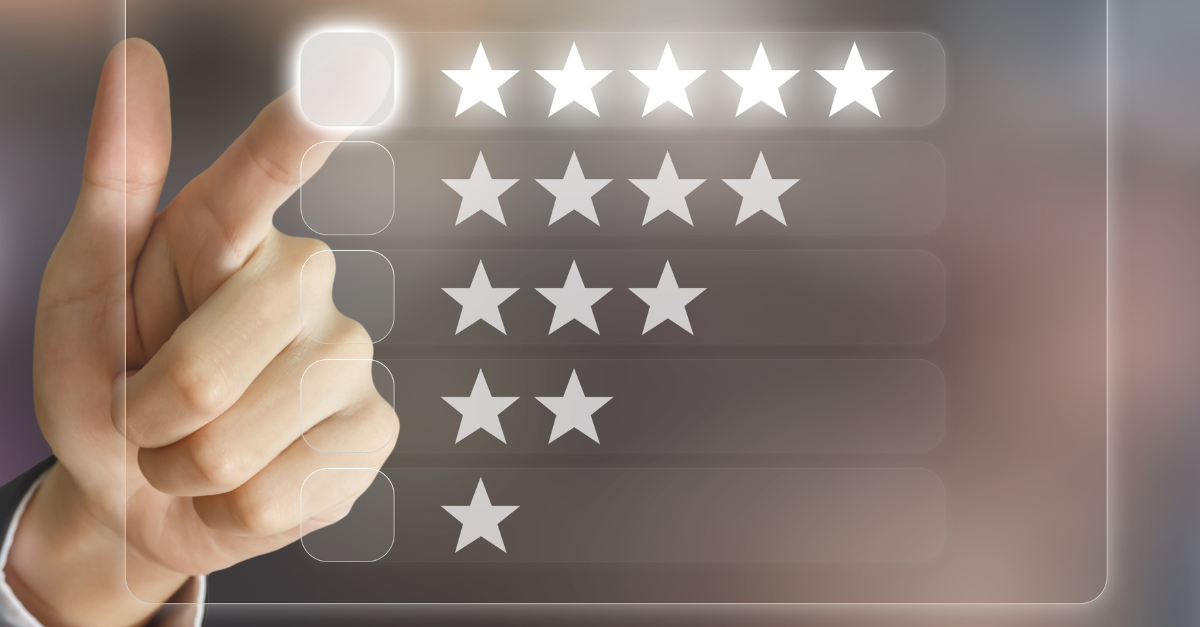Make an Appointment
All business owners know how important their customers are. But this fact is especially true when it comes to small businesses.
You’ve spent your hard-earned money and time advertising to these groups of people, they’ve come through your business doors, you’ve provided excellent customer service and they’ve purchased your items or services.
But what happens once they leave your business’ premises or website? How do you encourage one-time customers to become repeat and loyal customers? And where do customer reactivation campaigns fit in?
All we know is that more often than not, small businesses can’t afford to lose any of the customers you’ve worked so hard to gain.
In this blog post, we will explore the need to employ customer reactivation campaigns, the benefits and the methods to do so.
Check out our free e-book 'Strategies to Reactivate Existing Customers'
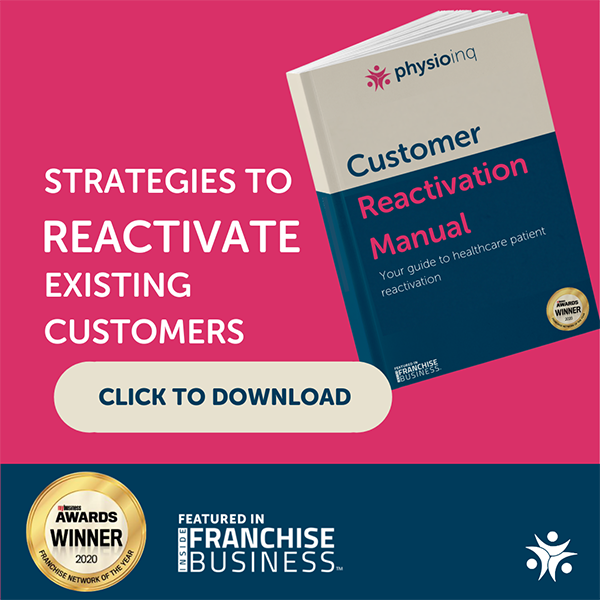
How does Customer Re-Engagement theory work?
Picture this; you’ve opened your store or website and you’re spending money on getting customers to buy your product or service. That’s great! One of the main goals of marketing is to reach as many people as you can and get the message of your business out to the world. But, if some of that effort isn’t focused on retaining customers that are already somewhere in the funnel, you’re missing out on a huge opportunity.
If you’re familiar with your sales funnel, you’ll understand that when it comes to spending money targeting potential customers, a lot of money and awareness must happen before a sale is made. If you were only focusing on finding new customers, you’ll end up spending a lot of advertising dollars for each sale in the long term.
On the flip side, when making a purchase, customers subconsciously engage in what’s called a Consideration Process. This process involves being aware of the brand, considering the product or service you are offering and finally making a decision. This process can be quick when dealing with products/services of low cost (such as buying a candy bar) or can take months when the cost is high (such as buying a new car or a house). Customer re-engagement methods aim to target the stage in the consideration process called the ‘Post Decision Stage’, where a customer assesses if the cost of your product/services was worth it. For example, if you ordered an expensive meal at a restaurant, you may choose to evaluate the worthiness of the spend based on the quality of the meal.
This is where re-engagement comes in. Re-engaging customers is the practice of using your existing customer database and launching campaigns to encourage repeat purchases and long-term customer loyalty.
In many ways, re-activating customers is easier than finding new ones. Existing customers already have an emotional attachment to your brand. Unless you make a huge blunder during the transaction, they’re likely to feel good about their choice to purchase your product/service again. People like to be consistent.
For example, when we choose to buy from a certain brand, we assume we did enough research and made a good decision. We want to stay consistent with that original choice, otherwise, we risk admitting we made a mistake (which humans don’t often like to do). So, re-engaging current customers taps into that bias, reminding them that they did make a good choice when engaging with your brand in the first place.
But before we get into how you can reactivate existing customers, let’s talk about the numbers.
How can I increase profits by re-engaging existing customers?
The truth is, retaining customers costs less than gaining new ones. Almost five times less, in fact. So, from a simple financial standpoint, it’s a good idea to work on reactivating current customers.
Source: Omnisend
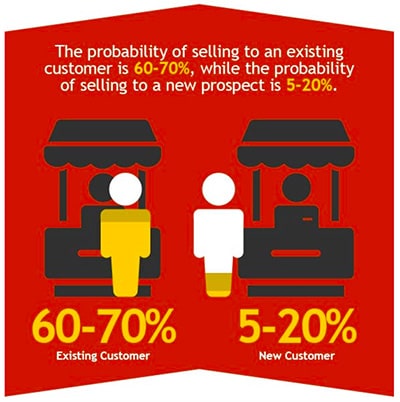
However, looking a little deeper, if you focus on retaining customers, it’s likely that you’re in business for the right reasons. Instead of making customers feel like a prize to be won or nothing more than a number in your CRM system, spending time re-engaging your existing customers will only strengthen the bond between you and them.
In a way, it’s part of the reason why we start a small business in the first place -- to help people, solve a problem, and connect with others. Re-activating our current customers instead of making a sale and forgetting all about them is the core of small businesses.
People want to feel like they’re part of something bigger than them and knowing they’re an important piece of your business strategy is essential.
In short, customers just want to feel appreciated by the businesses they support. Tapping into this emotional connection and strengthening the interpersonal bonds you share means you can re-activate customers and create lasting relationships. It’s a win-win for everyone.
Customer Reactivations Statistics:
- On average, 20-25% of clients are lapsed existing customers (Source: Omnisend.com)
- The probability of selling to an existing customer is 60-70% while the probability of selling to a new customer is only 5-20% (Source: Omnisend.com)
- Increasing customer retention rates by 5% increase profits by 25-95% (Source: Econsultancy.com)
- Attracting new customers costs 5x as much as keeping an existing customer (Source: Econsultancy.com)
- Globally, the average value of a lost customer is $243 (Source: Econsultancy.com)
How Can Businesses Re-Engage Existing Customers?
Now that you understand the importance of not only finding new customers to add to your sales funnel but also re-activating the ones you already have; you’ll likely want to reassess right away.
So, where to start? The goal with re-engaging existing customers is to increase the amount of times your business and an existing customer communicate each other.
Here are a few simple ways to re-engage existing customers.
- Reach out on their birthday
- Request customer feedback
- Ask for friend recommendations
- Share their content on Social Media
- Use Email Marketing
Keep reading to find out how to engage existing customers with the following techniques.
Reach out on their birthday
This method is used often by companies and is a great way to make your customers feel special.
When a customer comes into your business, or signs up to your email newsletter, be sure to find out when their birthday is.
That way, when the date rolls around, you can be sure to reach out with well-wishes and perhaps a thoughtful gift. The ways to implement a birthday campaign are endless. If you’re a super small business, perhaps a sole trader with only a handful of regular clients, a personalised card and gift make a lot of sense. But if you work with many customers each and every day in your small business, a simple email could do the trick.
Source: Campaign Monitor
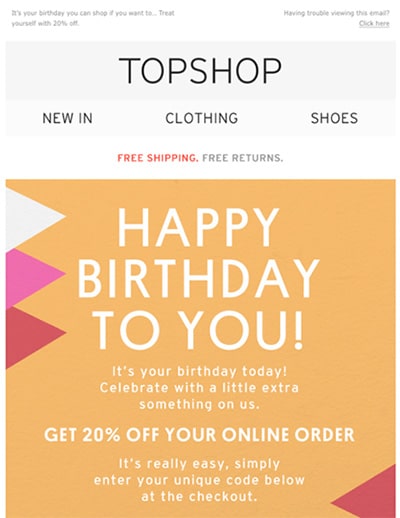
It could be beneficial to keep notes about your interactions throughout the year to pull from when it comes time to reach out on their birthday. It’ll go a long way. But be sure it’s an appropriate gesture.
Request customer feedback
Often, customers simply want to be heard. So, give them the opportunity to submit feedback about their experience with your product or services. You might also offer something in return for taking the time to fill out a survey or write a review.
You can do this via email, social media, or face-to-face. Again, when your clients and customers feel as though they’re more than just a number, they’ll more likely to keep coming back.
Ask for friend recommendations
Kind of like killing two birds with one stone, asking your current customers to refer their friends to your business is a great way to not only re-engage your current customers but also to find new ones.
Word-of-mouth is highly underrated and people are more likely to trust recommendations from their friends and family than they are to trust advertising and other marketing strategies. So, giving them an incentive to recommend friends not only gets you in front of your current customers to re-engage them with your brand but can add even more customers to your funnel.
Share their content on Social Media
Social media is all about engagement. Keeping up with your customers online and sharing their content is a great way to make them feel special and well… engaged.
When someone tags your company on social media or uses a hashtag that you follow, be sure to like, comment, or even share that content on your own platforms. It’s a simple tactic that, again, makes customers feel involved in your business and more than a number.
So, when you give them a public shoutout to make sure your customers know you’re listening, it naturally puts your brand in their mind and is a good way to re-activate customers that may otherwise be dormant.
Use Email Marketing
In addition to social media marketing, using email marketing to let your current customers know about sales, special events, and updates within your business is another way to reactivate them.
Date Published: Tuesday, December 7, 2021
Date Modified: Tuesday, July 16, 2024
Need to get into direct contact with ur Client Services team? We're all ears. Call our team directly on 1300 731 733
